
Mammals
Mammals are animals that have warm-blood, fur or hair and usually have live babies. A few mammals lay eggs rather than giving birth to live babies, including the platypus and the spiny anteater. All mammals have some type of body hair or fur, though marine mammals, like dolphins and whales, are almost hairless. Over 5,500 species of mammals have been recorded to date, compared to more than 28,000 species of fish and over 1,000,000 species of insects.
Many mammal babies are helpless when first born, but a few species, including zebras and moose, can walk from the day they are born. Marsupial babies, like kangaroos and opossum, are born as small as a pinkie nail and move to their mother's pouch to mature. All mammal babies drink milk from their mothers.
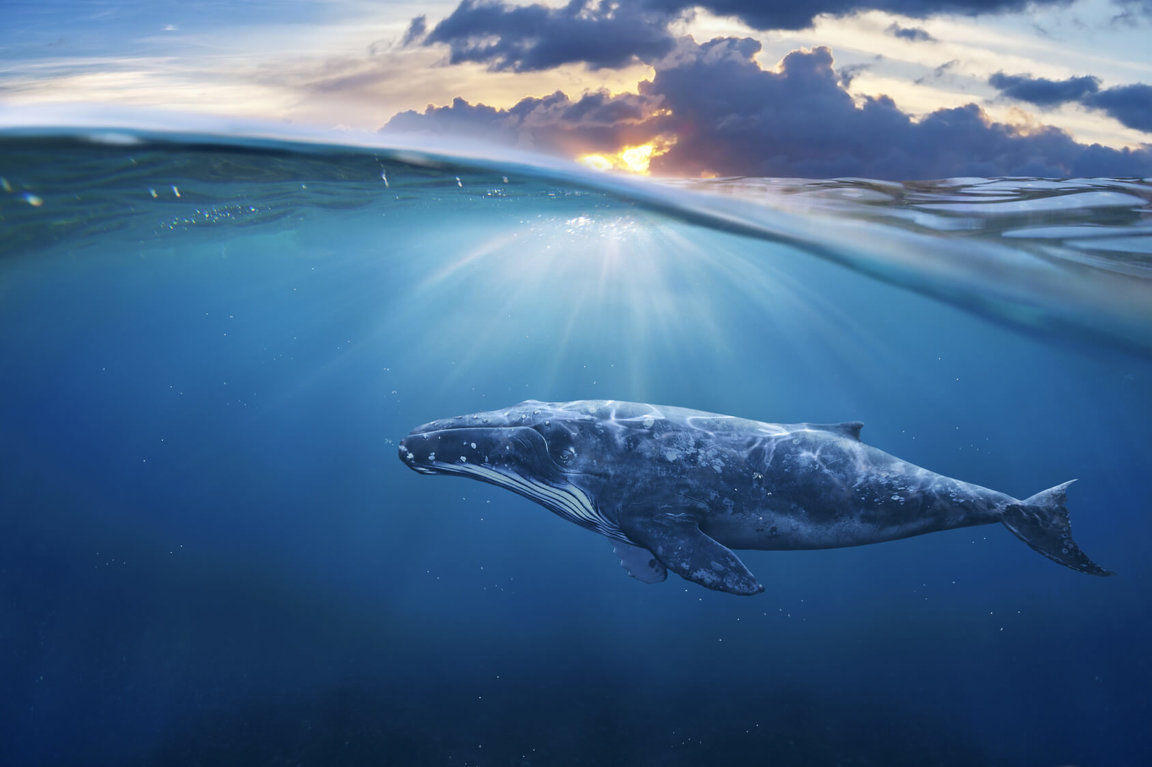
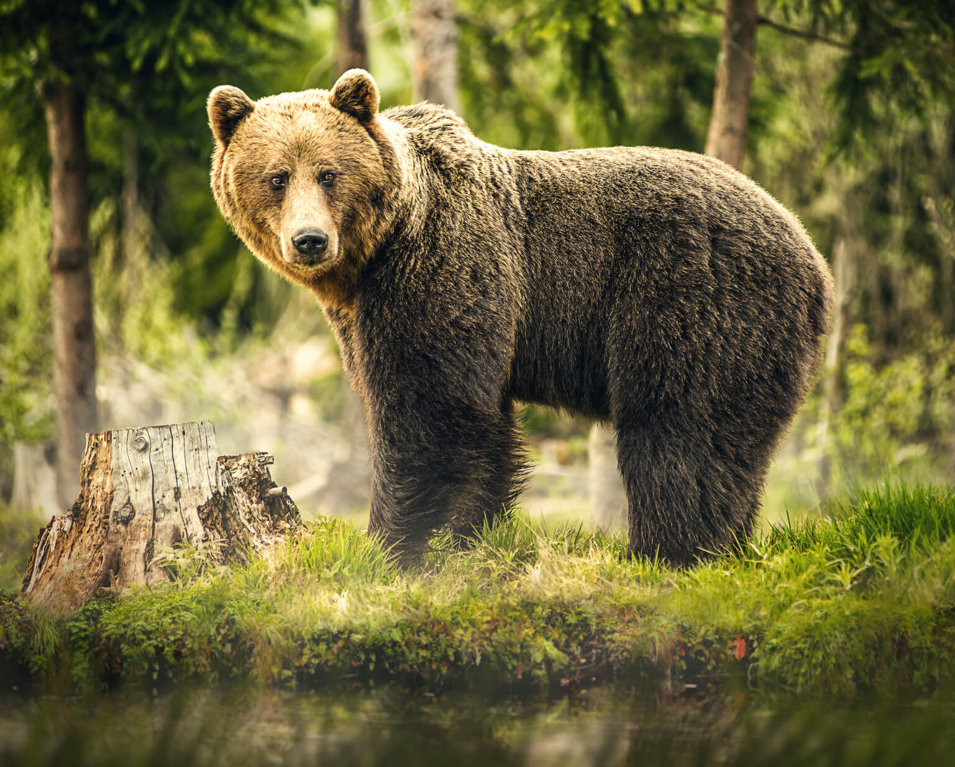
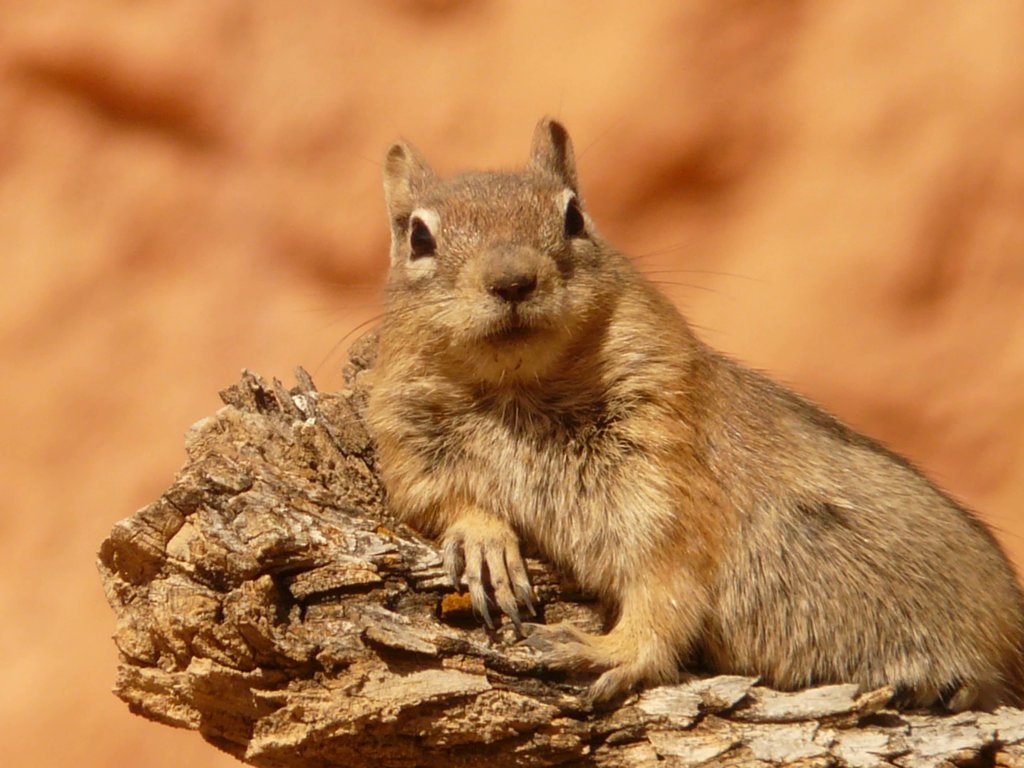 Amazingly Smart
Amazingly Smart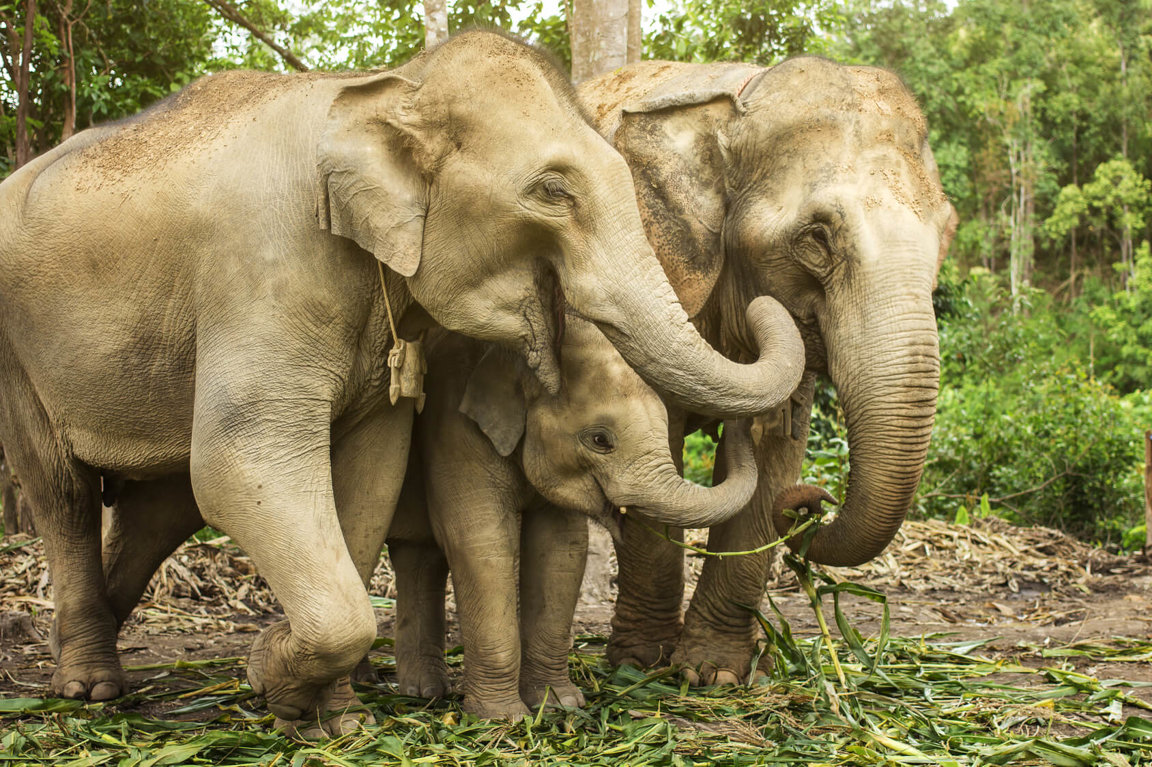
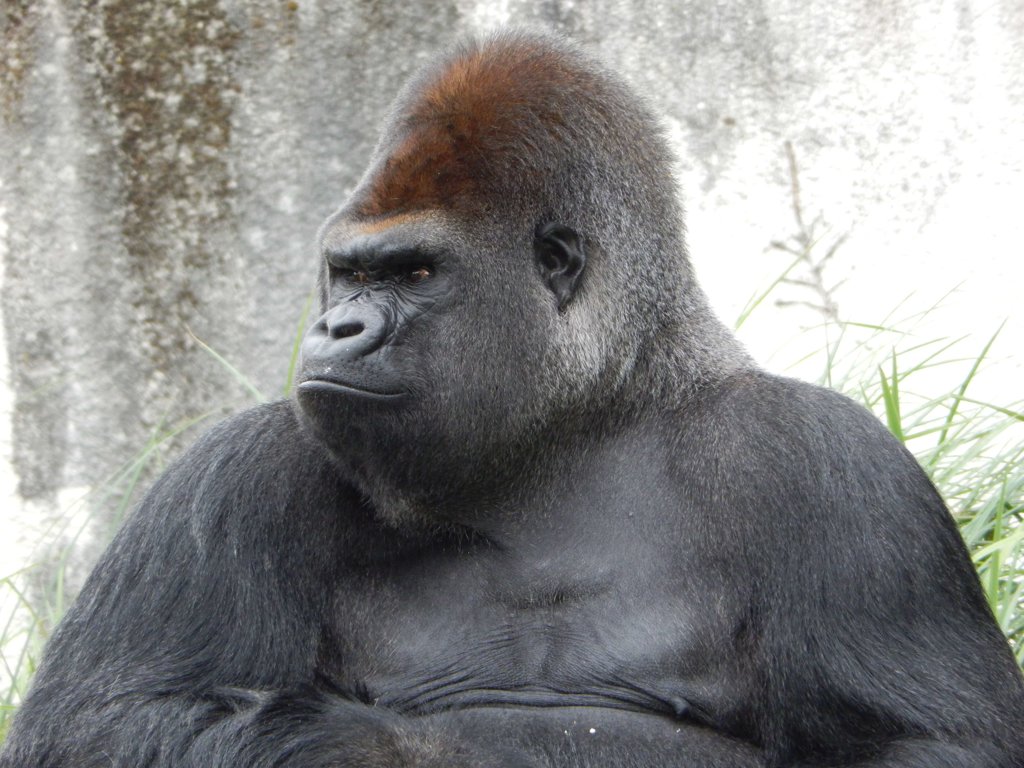
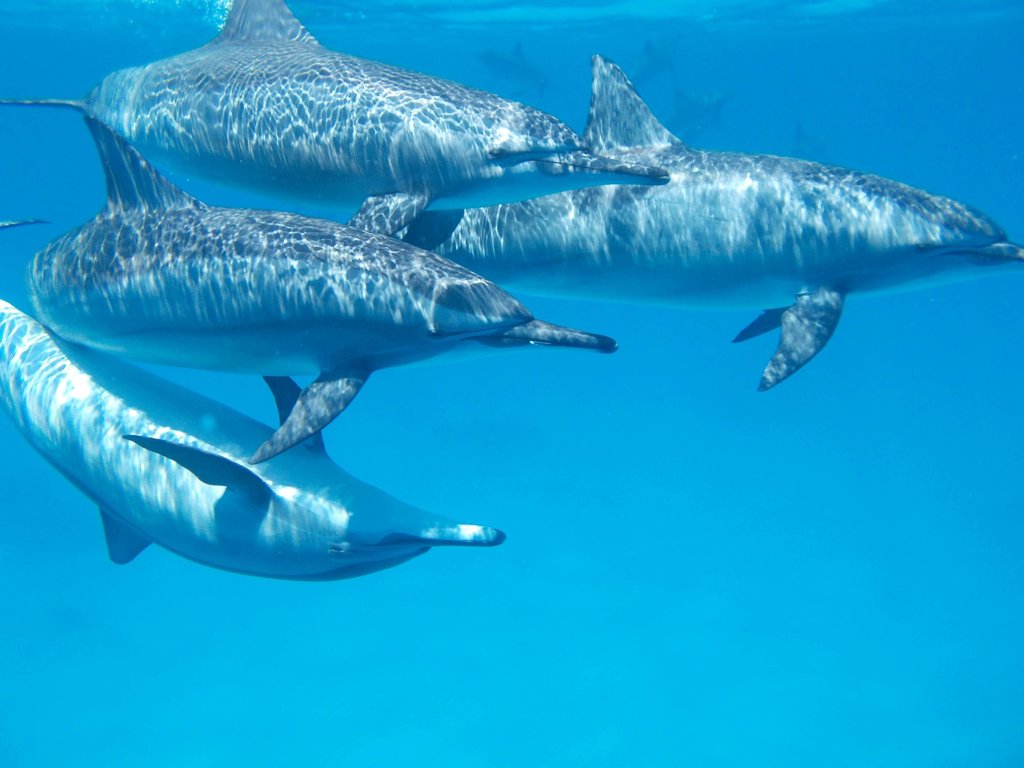 Marine Mammals
Marine Mammals